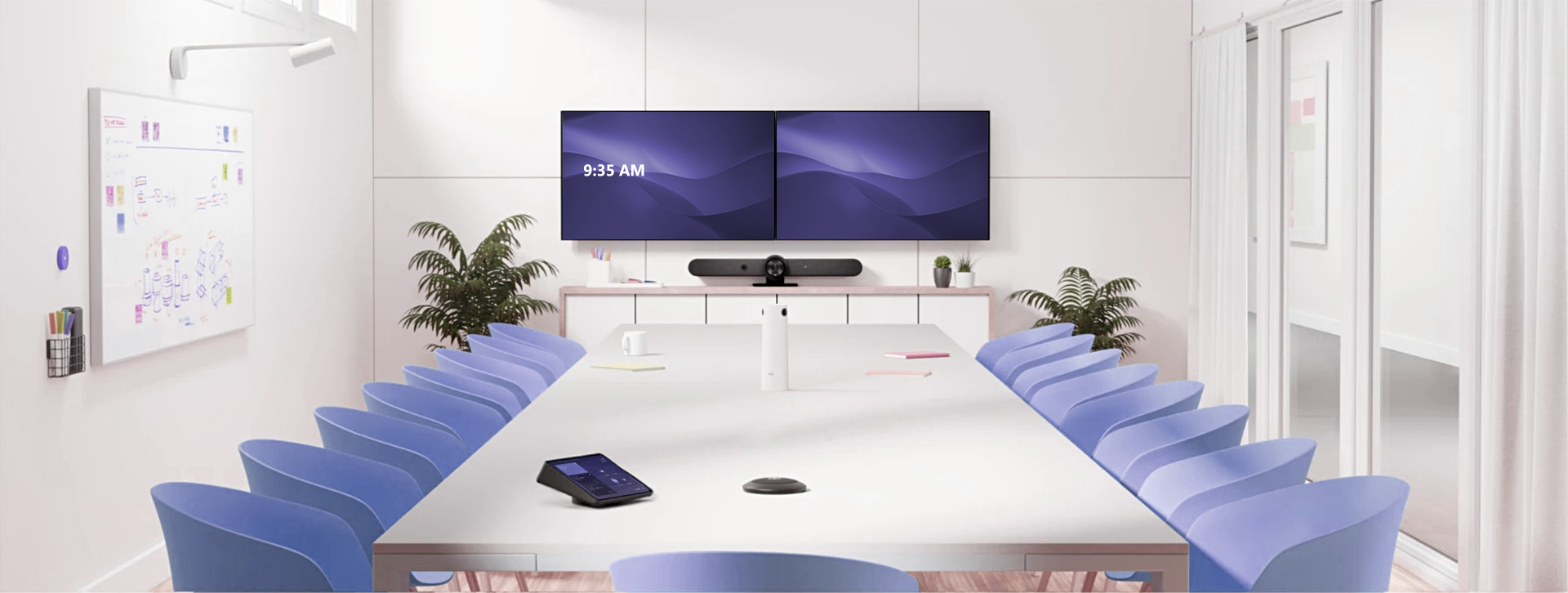From the days when AV (Audio-Video) meant Over Head Projectors and Multimedia projectors on a wheeled trolly to the transition where AV became an IT staple, corporate AV has come a long way. Today’s business environment demands integrated AV systems as much as they demand laptops and mobile phones. With the COVID-19 pandemic completely disrupting the world of work, AV systems have proven to become even more essential to support organizational longevity, scalability, and success. AV is now seen as an investment that helps organizations save costs by reducing travel expenses and improves collaboration and efficiency of business operations.
However, given that the AV universe is diverse and complex, the success of AV integrations depends significantly on the AV integration partner. AV technology is advancing rapidly and competing voices continue to grow louder making it challenging to select the right AV integration partner.
To help you make the right choice here is a checklist to refer to that will help you select the right AV integration partner.
Product portfolio
AV integration now, more than ever before, has become a critical aid of business communication. However, not all products are created equal in the AV universe. When selecting an AV integration partner, it thus becomes imperative to evaluate the AV product portfolio that the partner offers to determine if this portfolio they offer is robust enough to meet enterprise needs today and in the future. This is a space where technology is evolving but even the most minute difference in specs could make a tremendous difference to the quality of the outcome.
Look for a partner with a portfolio of world-class AV technology products, next-gen interactive touch solutions, the latest in enterprise collaboration and communication solutions, and reliable digital signage solutions to meet the array of enterprise needs.
Technical dexterity
AV systems have evolved and become highly sophisticated. Driven by enterprise demands, AV systems are not mere ‘office facilities’. The growing complexity of AV technology demands elevated technology skills. AV systems are now IT products considering the advanced technology being used in the systems and the system demands.
Organizations must look at partners with the ability to deliver AV solutions from an IT perspective to ensure seamless ease of use, robust maintenance, and support. The multiplicity of the AV equipment location and the consequent diversity of equipment, applications, and devices increases the complexity and hence demands niche technical skillsets to ensure proper AV design, deployment, integration, and management of this AV estate.
The AV integration partner must have expert-level technical skills to ensure that the solution design is robust, does not open up security or management challenges, and can be self-supported and core policies, control, and management can be administered and managed easily.
AV integration experience
Today, AV solutions have the power to create powerful collaborative experiences, irrespective of the space. However, each space has its own pre-requisites to ensure an optimal audio-video experience. We know that the AV needs of an auditorium will be different from that of a conference room. An experience center will have different AV requirements than a critical control center.
Be it the technology, the products in use, or the solution design, the AV integration partner has to have the experience to weigh the AV needs of the organization and design a solution that drives elevated experiences and help achieve the business goals. They also have to ascertain that they consider the present and future requirements to design an optimized and scalable infrastructure that can support the organization’s needs. It’s not about the products. It’s about the ability to seamlessly bring the products together to deliver the desired impact.
Communication, documentation, and information exchange
One of the greatest challenges of managing a successful AV integration is ensuring the right communication and information exchange. AV Integration has multiple moving parts and contributors. There are large teams who manage these implementations and they often need to work concurrently with teams with diverse skills and levels of communication capability like interiors, furniture, and IT.
It becomes imperative that the integration partner not only has the installation experience but also has the right processes in place to ensure clear communication, documentation, and information exchange so that projects are predictably completed within decided timelines.
Support and Maintenance
AV integration does not end at the end of the implementation. Getting the right maintenance and support from the AV integration partner is crucial to ensure the continued performance of these systems.
Evaluating the quality of the service agreements, assessing the provisions for repair and replacements, preventive maintenance, etc. are important points impacting the longevity of AV systems. The active engagement of the AV integration partner in the post-installation phase through comprehensive and extended support also demonstrates the commitment of service and must be an essential parameter of consideration.
Partnerships and footprint
Along with having a competent team with expansive integration implementation experience, an AV integration partner should also have strong partnerships with reputed OEM’s to deliver high-quality products to drive savings.
Having specialist teams who can capably handle multi-locational deployments becomes an essential consideration point as organizations and teams become global and virtual working becomes more mainstream than ever before. Having a large presence and dedicated teams in all major locations further make the integration process simpler and more cost-effective and hence is essential.
In Conclusion
AV systems are now a crucial part of the enterprise toolkit. The business environment has no room for systems with technical issues, sub-optimal output, or operational challenges. Enterprises know that such solutions impact productivity and brand perception. Users must be able to engage with these systems and use them as easily as they operate smartphones. As such, organizations need Audio Visual integration partners who understand that AV integration is more than technology and equipment and is rather about creating a design that serves as a long-term solution that helps the organization meets its needs.



